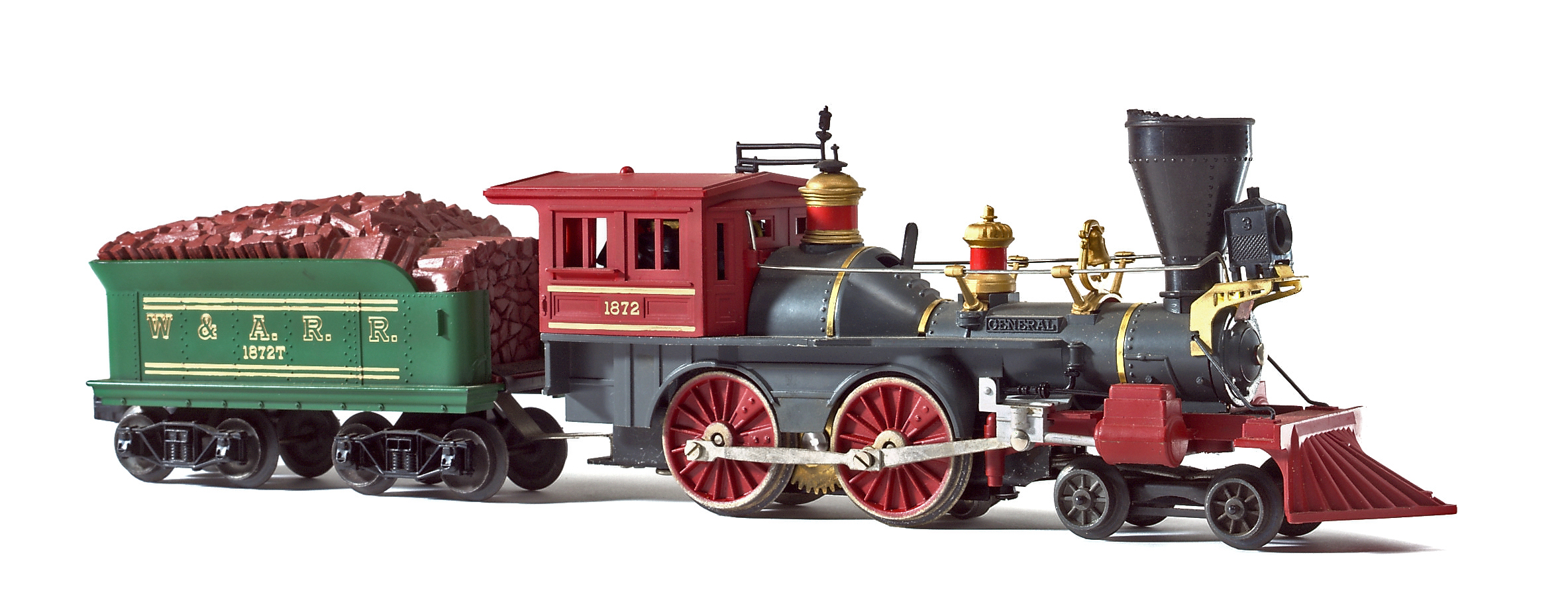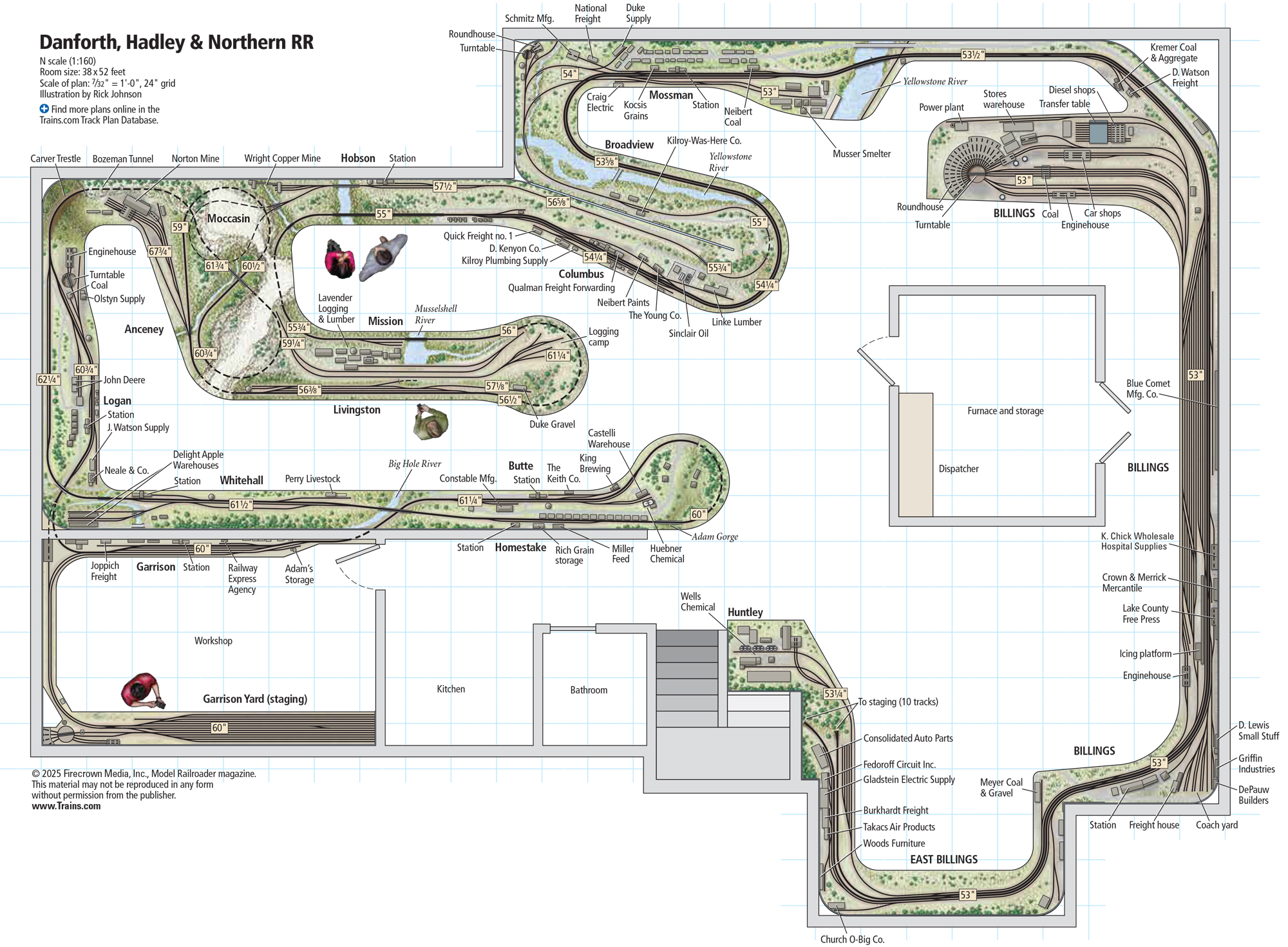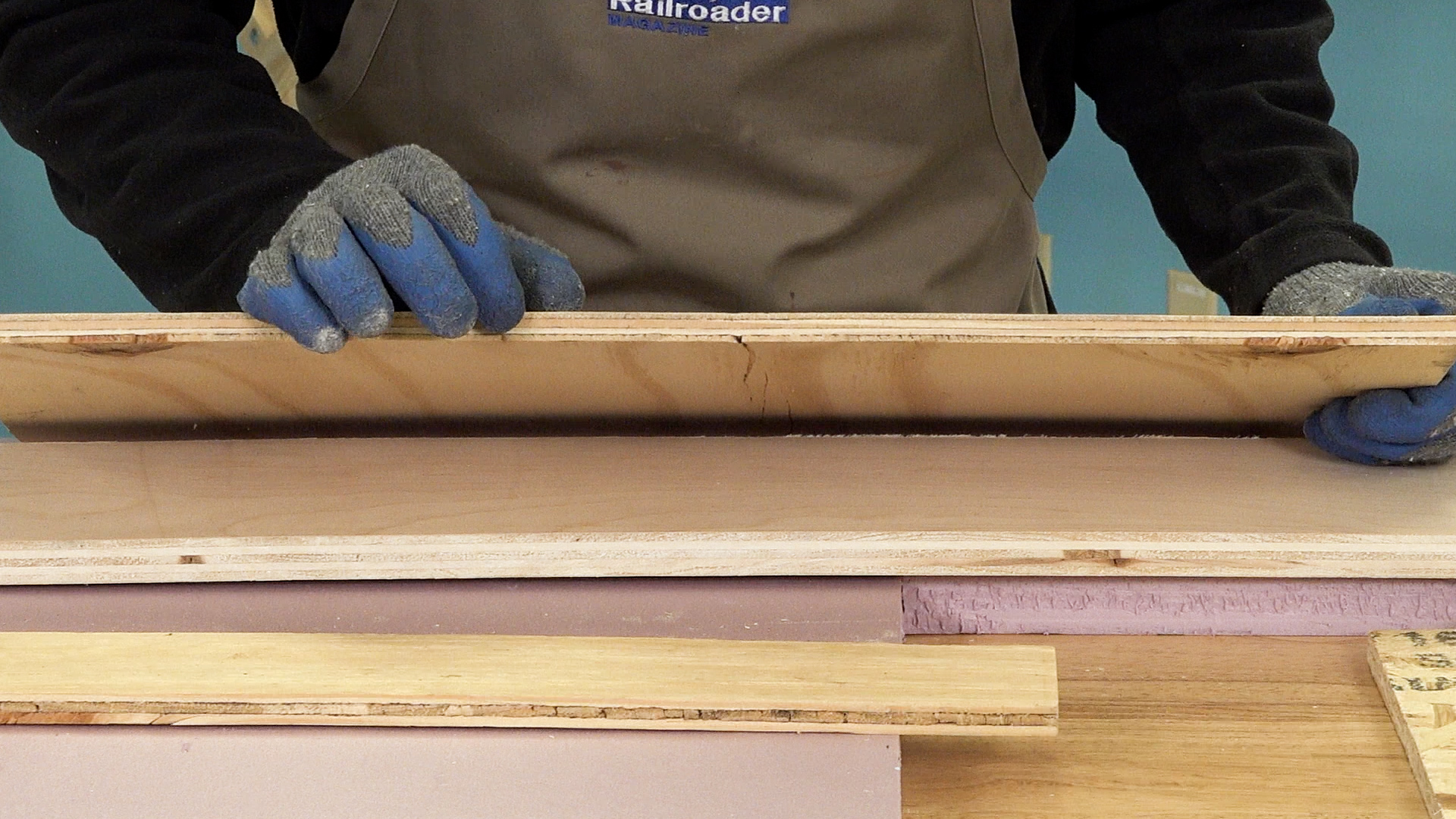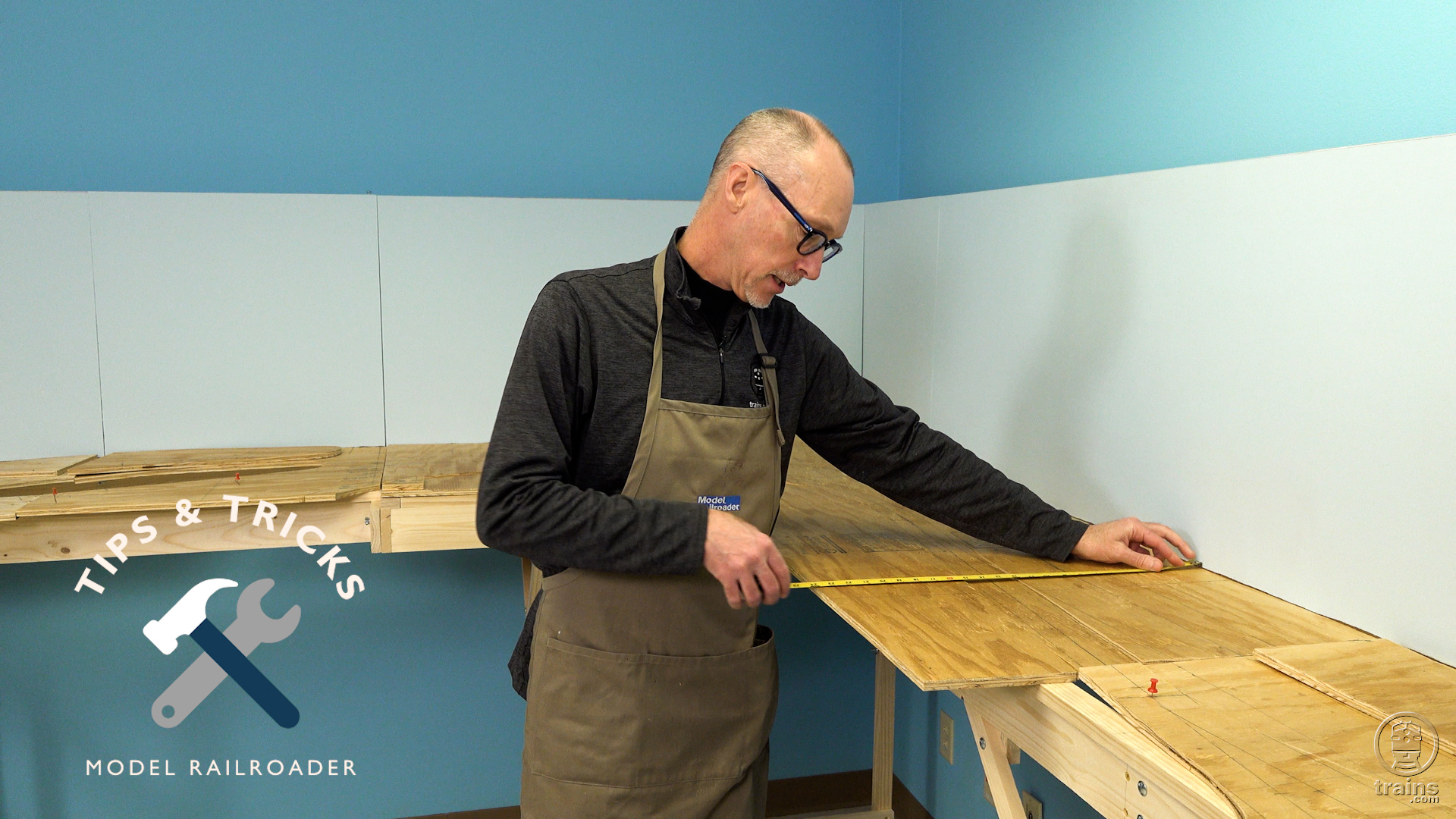Ironically, as sales executives discovered when they attended the American Toy Fair held in New York City during the beginning of March 1959, designers at Lionel’s major competitors – the A.C. Gilbert Co. and Louis Marx & Co. – had been handed similar requests. Both of those toy manufacturers unveiled old-time steamers and cars. Their S and O gauge trains also sought to capitalize on the craze for boots and saddles.
But Lionel’s models, differing in their product number and mechanical features, went further. By referring to the locomotive and tender as the General, marketing men aimed to connect the new nos. 1862 and 1872 with a famous incident of the Civil War.
A movie about Andrews’ raid
What Lionel was promoting as an old-time train had been inspired more by a movie about a daring episode during the Civil War than it had by nostalgia for the Wild West. In 1956, Walt Disney Productions, seeking to capitalize on the popularity of Fess Parker (known for starring as Davy Crockett), had released The Great Locomotive Chase.
That 85-minute film dramatized the attempt by Union soldiers commanded by James Andrews (played by Parker) to infiltrate Confederate lines in April of 1862 and steal a Western & Atlantic RR freight train in Georgia. The raiders managed to capture the train and started driving it toward federal lines in Tennessee while destroying the rails behind them. The crew failed to reach its destination before being apprehended. Still, they gained fame, as did the wood-burning locomotive on the train named the General.
Aware of the favorable response given The Great Locomotive Chase, executives at Lionel thought a model of the General would be a positive addition to their roster. Its appearance would appeal to both Civil War enthusiasts as well as the millions of people, young and old, who loved the Old West and the cowboys and lawmen associated with it.
Lionel models the General
The catalog for 1959 introduced the no. 1862 old-time steam locomotive Lionel called the General. (It can’t be mere coincidence that the item’s number was identical to the year of Andrews’ raid.) The 4-4-0 steamer came with a two-position reverse unit and a lantern with a bulb, but without Magne-Traction. The engine’s ornamentation delighted consumers, though they discovered to their dismay that the whistle was quite fragile.
The 1862 went with a tender lettered for the Western & Atlantic RR. Designers duplicated those markings on passenger cars so they could create sets. The no. 1612, a low-end O-27 outfit, included the non-smoking locomotive and tender, plus nos. 1865 coach and 1866 mail-baggage car. The no. 1800 gift pack had the same train; however, instead of track and a transformer it was packed with a no. 1877 flatcar with horses.
Then appeared the best of the trio of old-time train sets, the no. 2528WS. The Super O “5-Star General,” although pictured in the catalog dashing through western scenery, was identified in the surrounding text with the Civil War. It retailed for $49.95.
At the head of the set was a no. 1872 General locomotive and tender. That version of the General boasted Magne-Traction, a three-position reverse unit, and a smoke mechanism. The smokestack was painted black in contrast to the gray one on the 1862.
Besides the smoking engine (a feature that enhanced the realism), the outfit came with an 1877 flatcar with horses and illuminated versions of the passenger cars (the nos. 1875W passenger coach with an on-board air whistle and 1876 mail-baggage car). There were also plenty of sections of Super O track and smoke fluid, but not a transformer.
The Super O version of the General, which retailed separately for $25, remained in the catalog through 1962. By then, youngsters seemed to have forgotten the Civil War and were a bit bored with the Old West. Space travel and atomic warfare, not to mention GI Joe and a slew of slot-car racing sets, had caught their fancy. Once again, it would be up to the ingenious engineers and marketing people at Lionel to find ways of appealing to them.
This is a sample of the in-depth content found in our 200-page special issue publication, Lionel Trains of the 1950s.















My great Uncle Tom Kelty worked in the paint shop that helped with restoration of the General and we were fortunate to see in run out of Louisville KY. I’ve built the 1/25 scale AMC model and have this and Lionel model proudly displayed with various textbooks on the history. Great piece Roger, thanks for sharing.
I own and roster 5 Lionel “General” 4-4-0 steam engines, as well as 1 AF “Washington” 4-4-0. To me, these locomotives are handsome in appearance, and wonderful in design. My favorite versions are the #3 and #49 pair offered in the LCCA set 6-50587; beautiful paint and trim, w/sound. Visitors to my train room love the colorful “old time” look of the consists, and how smooth they run on 4 lines of level track.
Level being the operative word. Lionel’s 4-4-0 struggle on any grade, so I had to consider this while designing the new layout. Also, I don’t care for the double, paned windows on the cabs.
I’ve wondered where the color scheme of the original 1862 and 1872 had come from. The original General was being restored in the early 1960’s, so it’s paint scheme would’ve been available to the Lionel team. I have seen the grey/red/green color scheme in paintings by Currier & Ives, so perhaps that was the inspiration.